Engaging Math Riddles for Children with Solutions
Engaging Math Riddles for Children with Solutions

Riddles is an exciting approach to teach math, this fundamental subject can bring excitement to children instead of being viewed as dull. Using math riddles remains an excellent strategy to make children passionate about both number concepts and problem-solving techniques.
These intellectual puzzles turn regular learning activities into entertaining exploratory experiences. Math riddles for kids stimulate them through pure cognitive exercises that force logical thinking and creative problem-solving because they present material in a light-hearted format.
Children must solve each riddle through a mini-mystery, which makes them investigate multiple answers while trying different concepts until they reach a confident solution. The following blog features diverse mathematical riddles with solutions for children, with detailed explanations designed according to student age and intellectual capability.
There are mathematics riddles available for every level of basic multiplication and fractional comprehension or introductory algebra education so students will find something that matches their learning progression. The fun-filled learning challenge will both develop minds through mathematics while creating lasting learning interests!
Why Math Riddles Boost Logical Thinking and Problem Solving

Mathematical riddles expand beyond entertainment by stimulating students to use their educational knowledge in innovative ways which push them beyond traditional thinking methods. The traditional training method of memorization and repeating facts differs from math riddles because these riddles produce flexible active problem-solving dynamics.
The task requires children to examine provided material before they find patterns through concept connections and solve the problem using logical thinking. The mental exercise improves their logical abilities because it forces them to consider problems through several perspectives instead of using a single predetermined method.
Children automatically develop better memory capabilities because they need to remember previous math knowledge to solve the riddles. Students enjoy mathematical riddles since they discover unexpected solutions through creative turns of phrase which create a gameplay atmosphere rather than traditional classroom work. Through their entertaining nature these problems help students develop positive mathematical emotions while lowering their anxiety toward math.
The advantage of mathematical riddles with solutions comes from providing instant response feedback to students. After solving a riddle children can immediately find out if their solution is correct or if they need to begin again through self-checks.
The direct loop of facing challenges combined with rewards strengthens students' confidence and helps develop their growth perspective. Kids understand that first attempting tough riddles and multiple attempts along with initial mistakes represent healthy learning procedures which should not be mistaken for failures.
By experiencing confusion followed by difficult moments followed by solution discovery children develop stronger resilience abilities and creative thinking talents. Life skills enabled through academic learning help children face problems in their academic environment and propose solutions in their outside world.
Through mathematics riddles education becomes a thrilling journey which develops youth mental strength together with critical thinking abilities and allows them to discover the satisfaction of learning.
Fun and Challenging Math Riddles for Different Age Groups

Different age groups of children understand concepts at varying levels, so teaching math riddles should be matched to their educational stage. Every child finds something engaging among the selection of 2nd grade math riddles, logic puzzles for older learners, and creative word problems. This article presents diverse math riddles for kids organized according to age groups and difficulty levelsto maintain children's interest and learning process.
Simple and Fun Math Riddles for Kids
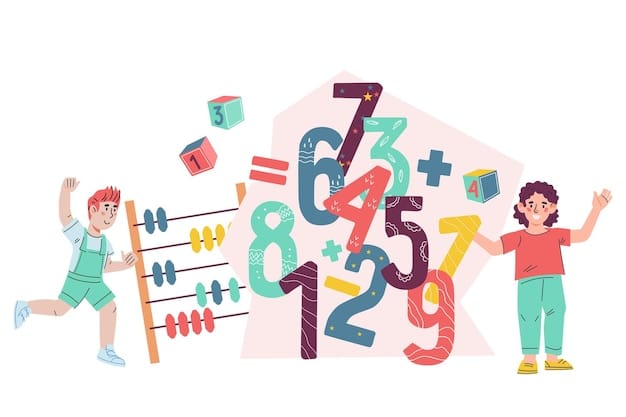
Putting math riddles for kids before young children provides an ideal approach to develop their critical thinking abilities alongside educational enjoyment. Beginners will find these easy math riddles both challenging and enjoyable because they deal with fundamental subjects of counting numbers and time alongside imaginative terminology. These riddles for mathematics encourage children learn to decipher unexpected solutions through these questions, which push them to pursue alternative solutions. Here are a few examples:
Tricky Math Riddles
Riddle 1:
A clock possesses a facial appearance along with two hand-like features, although it lacks any limbs to show them.
Answer: A clock!
Through this familiar puzzle, children learn how to view things metaphorically by understanding how physical attributes do not need to be human in nature.
Riddle 2:
When adding five to nine throughout the day, it results in two. There is an accurate solution, yet we need clarification on the numbering method.
Answer: The time becomes 2 PM after applying five hours to 9 AM.
Through this puzzle, children explore both the nature of time measurement and basic clock operations so they can understand mathematics through concepts that exceed simple numbers.
Riddle 3:
How many sides does a circle have?
Answer: You will find two sides.
When looking at a circle initially, many students would respond with "zero" since circles lack typical squared or triangular shapes. This creative solution demonstrates to children that language choices and different perspectives influence solving problems.
Riddle 4:
Two people form a company, but the addition of a third person makes it a crowd when we consider four or five individuals.
Answer: Nine!
The riddle teaches addition skills through humour to stimulate mathematical skills while training students to solve problems both analytically and imaginatively.
Introducing little ones to lateral thinking becomes simpler through these basic puzzles. Sticking to basic rules will not produce the right outcome and focusing your mind differently ultimately helps you solve problems successfully. Helping children solve simple riddles builds self-assurance while making practice fun and creates basic problem-solving skills they need for harder puzzles.
Math Riddles for 2nd and 3rd Graders
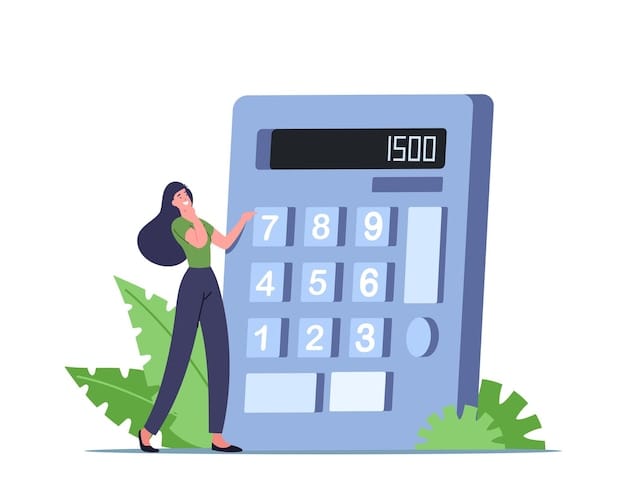
Second and third graders advance into math learning above the foundations of adding and subtracting numbers. During this phase students examine multiplication, division, number sequences and logical estimation methods. Second and third grade students learn math skills when they engage with entertaining puzzles.
These math riddles for kids require learners to combine knowledge with creative thinking skills in a different format from school worksheets. They perform math work while improving their ability to analyze text and reason before discovering new information.
Riddle 1:
What is my number value? Do four times multiplication and follow it with a minus six step. The result is eighteen. What number am I?
Answer: The answer is six
This question lets young students practice basic algebra by determining an unknown value through reverse calculation steps.
Riddle 2:
What three numbers give you the same result both when you add them together and when you multiply them one behind the other
Answer: 1, 2, and 3 (1 + 2 + 3 = 6, and 1 × 2 × 3 = 6)
This problem gives kids a chance to see how finding numbers by adding and multiplying can bring the same outcome through games.
Riddle 3:
The arrangement shows four ducks with two in front of the last duck while both the other ducks stare back from behind. How many ducks are there?
Answer: Three ducks
This riddle develops children's capacity to see problems clearly which promotes spatial understanding along with logical problem solving. Children learn from this problem that what seems challenging at first may be easy to solve.
Riddle 4:
When buying a rooster you do not receive eggs since roosters cannot produce them. Buying one rooster you expect its daily output will be three eggs. During three days your supply of eggs will remain zero.
Answer: A rooster cannot produce eggs as it is not part of the egg laying process.
Students need to examine all the information in a query to solve it according to this light-hearted math riddle. The activity uses reading comprehension and math together to teach learners situations require more understanding than just basic math skills.
The math riddles for kids help students learn basic operations while having fun through this activity. By uniting math and funny strategies kids focus better while developing their thinking ability and discover how to find solutions. Adding these types of challenges within the exercise gradually teaches students to reason through deception better and use this skill throughout their academic and everyday experiences.
Math Riddles for 5th Graders
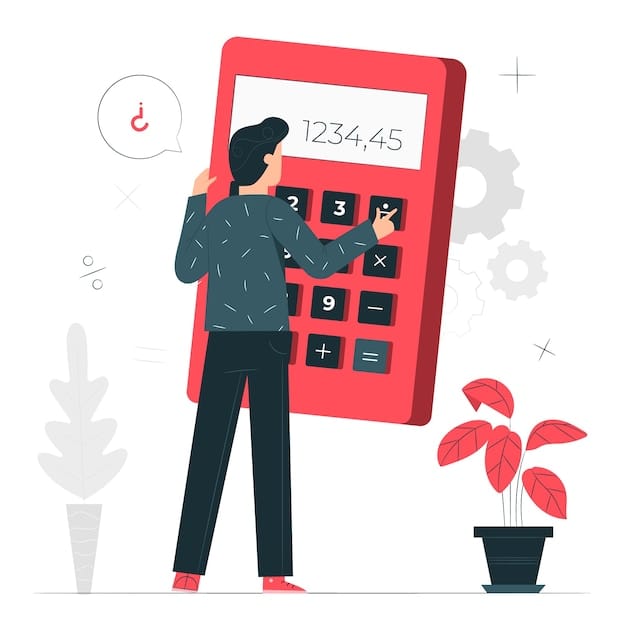
Math skills for 5th graders show impressive growth because they have reached advanced levels. They now understand regular fractions and have advanced to studying decimals plus square multiplication and division techniques in addition to basic geometry.
Children at this stage are prepared to tackle advanced thinking skills along with challenging pattern-based tasks. Using mathematical riddles helps fifth graders both practice classroom lessons and develop unique problem-solving approaches.
When looking at this stage of riddles students must do more than do basic arithmetic. They ask for focused reading skills plus logical thinking plus pattern detection plus keen observation of deceptive methods. Solving these puzzles develops important thinking skills that will benefit 5th graders during their next stage of math education. Our next part will explore several hard-to-solve puzzles and riddles.
Riddle 1:
I am a three-digit number. The digit in the middle position shows a plus 5 difference from the front digit. The hundreds value of my number equals eight fewer than the number in the tenths position. What number am I?
Answer: 194
This riddle helps students understand place value better while teaching them to analyse digit connections in a smart and logical way.
Riddle 2:
When you multiply me by another number the result stays steady at my own value. What number am I?
Answer: Zero
Students retain knowledge about zero's multiplication traits in this riddle as they learn its main mathematical lesson through enjoyable repetition.
Riddle 3:
The farmer keeps nine out of his original seventeen sheep when they flee. How many are left?
Answer: 9
To solve this task students need to pay close attention to the words not perform subtraction calculations. The riddle proves it is essential to read questions carefully before getting to work.
Riddle 4:
Which pair of whole numbers exist between prime numbers and composite numbers?
Answer: 0 and 1
With this riddle students explore number theory to learn why zero and one stand apart from other numbers when examining both prime and composite numbers.
Fifth graders appreciate mentally challenging puzzles when they find unexpected surprises or difficult parts in the problem. The riddles let students practice essential math principles while teaching them to evaluate problems step by step.
Kids develop better problem-solving skills through math riddle solving which boosts their mental resilience in both advanced math and life problems.
Math Riddles for Middle Schoolers

The beginning of middle school marks their readiness for tougher learning tasks. At this point in their education students have established essential math fundamentals and they now face advanced subjects including algebraic principles and ratio comparison. Since middle school students need further problem-solving development we design math riddles for middle schoolers to test deeper logical thinking plus pattern finding while adding basic algebraic principles.
The math riddles demand students to wait and decide their strategy while carefully linking different clues together. Students need math riddles that develop endurance while building analytical skills so they can understand advanced high school math. These brain-teasers showcase entertaining but engaging examples to follow:
Riddle 1:
3 cats capable of getting 3 mice in 3 minutes would need to strike 100 mice for 100 minutes.
Answer: 3 cats
Mathematically solving this issue looks advanced at first glance. Students discover the trick when they find out that every cat captures one mouse every three minutes without changing their effectiveness.
Riddle 2:
One-party group composed of two families who each had one father and one son went fishing on this day. They caught three fish. Each man had one fish. How is this possible?
Answer: Their most immediate relatives are a grandfather, father and a son whose combined number equals three people
This activity helps students understand logical groups while showing them to reassess basic math concepts. The situation shows us that things are not always as simple as they seem.
Riddle 3:
A store owner can pack either eight large square packages or ten small ones into shipping containers. He shipped 96 boxes during the delivery using just a single order. If there are more large boxes than small boxes, how many cartons did he ship?
Answer: 11 cartons (8 cartons of large boxes + 3 cartons of small boxes)
This math problem includes three problem-solving tasks that need ratio understanding followed by formula creation and solving – making it perfect for demonstrating how math riddles teach practical business and logistics skills.
Riddle 4:
I fall between the numbers 30 and 50 in age range. My digits add up to 12. What number am I?
Answer: 39
The riddle demands students to use math logic when examining numbers until only one answer remains. Using this strategy helps students build fast calculations skills and teaches them to solve problems in their head.
The riddles demand more advanced thinking from middle school students as they need to solve ratio problems and work through several discrete steps while finding hidden number patterns and solving problems indirectly. The math puzzles teach students that they should practice their mind math even when their first guess is not right. The actual purpose is to find satisfaction in solving problems while experimenting with multiple approaches and taking pleasure in moments of understanding. Students gain satisfaction during instances when they solve problems perfectly.
When middle school students solve riddles they develop important mental abilities as well as perseverance toward difficult subjects which help them succeed in all aspects of life.
Mathematical Riddles with Solutions for Learning and Fun

When children receive solved math riddles they can better understand the logic within each question. They become more confident in tackling harder media when they succeed.
Explanation of the answer process by parents and teachers plays a critical role alongside reaching correct solutions. Children gain complete learning from witnessing the steps used to solve problems. They develop the ability to spot regularities in new math problems and use recognized solving approaches in those tasks.
The act of solving math riddles under guidance leads students from memorization into a true understanding of math principles. Watching answers develops a mindset that lets students try new things while using their math and life lessons to grow.
How to Encourage Children to Solve Math Riddles Regularly
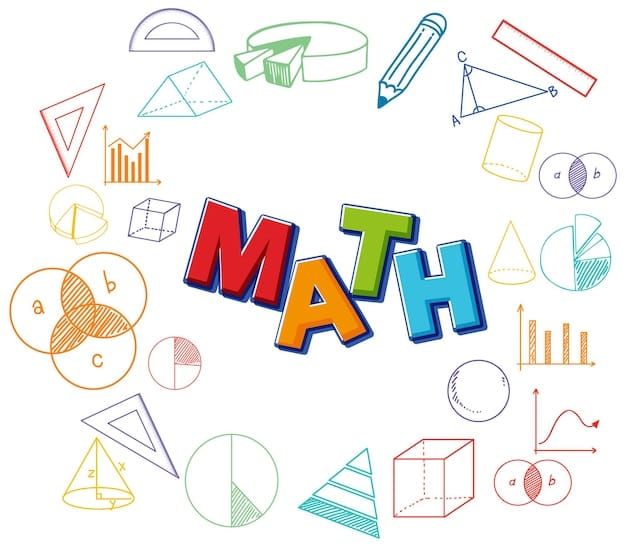
Using riddles as daily practice will help children enjoy math more and perform better. Read these next steps to integrate riddles into your everyday activities.
Riddle of the Day: Create a small board or a corner on the refrigerator for a daily riddle. Everyone in the family can participate to solve the riddles.
Homework Fun: Add a stimulating riddle to close each math assignment to boost student focus.
Car Ride Challenges: Transform car travels into an enjoyable moment by giving your kids riddles to solve. Driving with riddles helps maintain active thinking.
Classroom Warm-Ups: A teacher can add riddles at both the beginning and conclusion of math classes to make instruction more interactive.
Gamify the Experience: Award your child small prizes like stickers or prize points when they answer math riddles correctly.
Family Math Nights: Everyone should work through riddles each week during one night of family time.
Students will develop better number abilities because they experience math learning through entertaining challenges that fill their days.
Conclusion
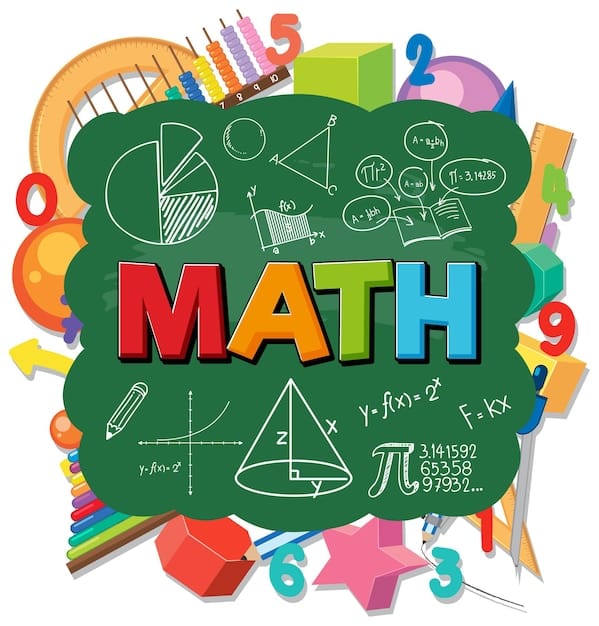
Using mathematics challenges helps make math exciting for all learning settings. Second graders and middle school students alike enjoy math puzzles that turn calculations into pleasant problems. Math riddles should remain enjoyable for children as they find answers so make learning math fun through exploration.
Through math riddles for kids develop their logical skills while figuring out problems and they will enjoy learning. The children build new knowledge without noticing because of their enjoyment. Choose riddles from this blog to challenge your kids now and support their math learning.
Math Riddles – FAQs
How do math riddles for kids help improve problem-solving skills and logical thinking?

Math riddles teach students to solve hard difficulties by separating them into easier parts through creative thinking. The activities help children think correctly and identify sequences which work well in school or life situations helping them handle new situations better.
What are some fun and easy math riddles for 3rd graders to start with?

Design math riddles for 3rd graders that cover easy multiplication, simple fractions and observing number sequences. Simple logic exercises teach basic next-step predictions. Engaging students with math riddles helps them understand topics better through fun activities that foster essential skills development.
How can math riddles for 5th graders make learning more engaging and interactive?

The Math riddles for 5th graders teach realistic problems such as working with fractions and word math so students stay interested. These activities help students learn math better by solving problems in a lively setting that replaces standard worksheets.
Where can I find exciting math riddles for middle schoolers with step-by-step solutions?
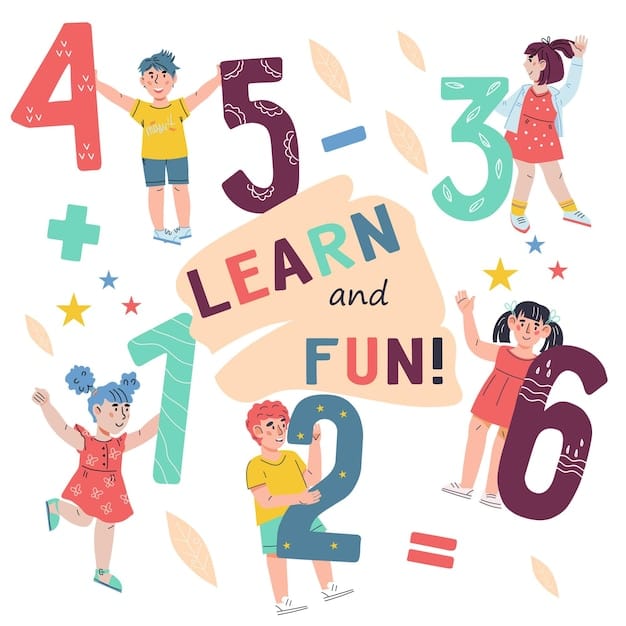
Find math riddles from educational websites and apps as well as books with activities that you can print. Students at this age level can better understand and overcome problems because educational websites provide detailed answers.
Why are mathematical riddles with solutions an effective way to teach kids complex concepts?
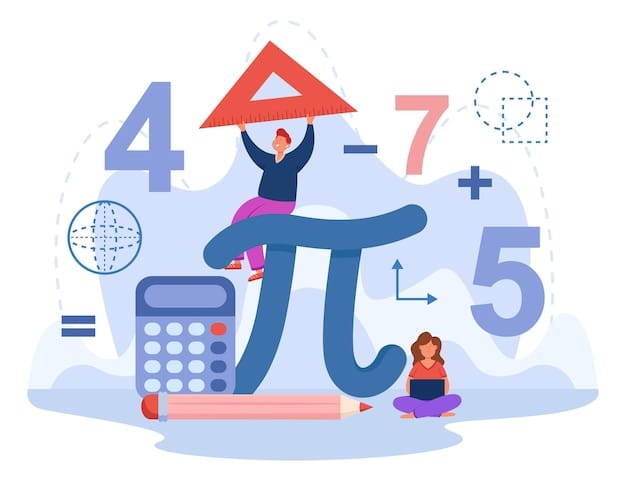
The fun challenges help students solve complex problems by dividing them into simple activities. Stevens gives students step-by-step directions that reteach math principles and reveal how answers are derived so students can better grasp challenging subjects.
How can parents and teachers use riddles for mathematics to make learning fun for children?
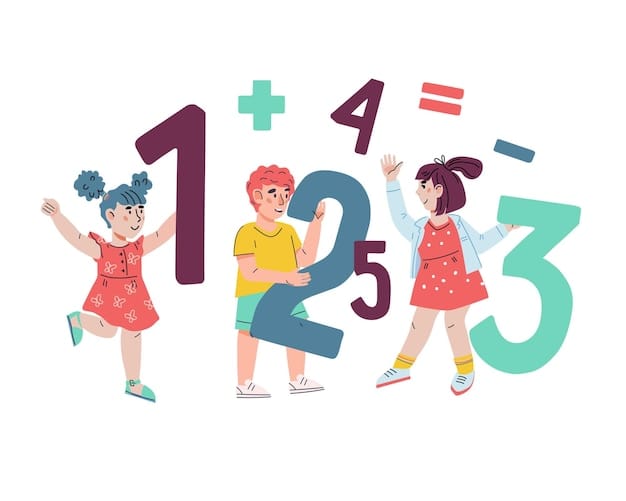
Include riddles in everyday tasks, school sessions and home entertainment formats to make math learning enjoyable. Riddles provide a fun challenge that helps children learn math concepts better when parents and teachers lead these activities.